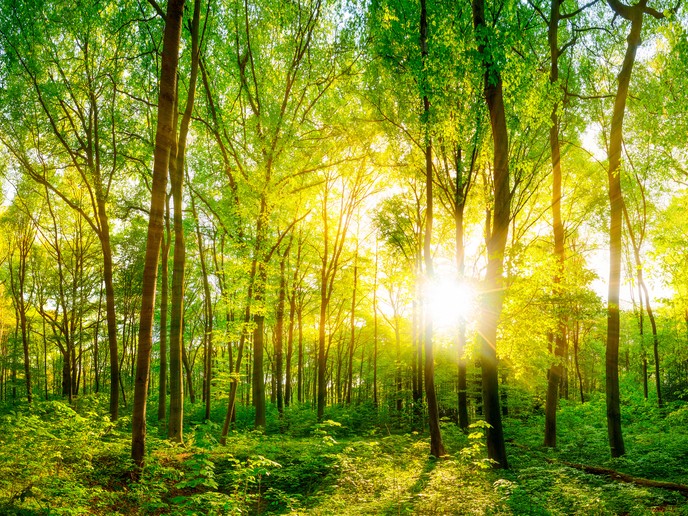Richer understanding of terrestrial carbon cycles aids more accurate climate change modelling
Terrestrial ecosystems absorb 25-30 % of fossil fuel carbon emissions. Photosynthesis by plants removes the largest amount of carbon from the atmosphere to make sugars that fuel plant growth. Plants and soil decomposers also release CO2 back to the atmosphere through respiration. The terrestrial biosphere is currently a net CO2 sink because of a small imbalance between photosynthesis and respiration. To take full advantage of this carbon storage potential and predict its future response to climate change, these fluxes need to be determined more accurately. Measuring photosynthesis and respiration separately poses an important challenge that must be tackled, as these processes underpin how carbon is cycled over land and are represented in current Earth System Models(opens in new window) (ESMs) used to provide climate projections and mitigation guidance. The ERC-funded SOLCA (Carbonic anhydrase: where the CO2, COS and H2O cycles meet) project used carbonyl sulphide (COS) and the oxygen isotope composition of carbon dioxide (CO18O) as tracers of photosynthetic activity. These are taken up by carbonic anhydrase (CA), an enzyme of photosynthesis that speeds up the hydration of CO2 and the hydrolysis of COS. CA is present in soils. The main objective of SOLCA was to identify the ecological and physical mechanisms driving CA activity in soils from different biomes.
Putting in the spade work
The project team built a gas exchange system capable of measuring CO18O and COS fluxes simultaneously from climate-controlled soil microcosms. Using soils collected from biomes ranging from arid Mediterranean systems to moist boreal forests, and using modelling algorithms developed by the team, it was possible to estimate CA activity for the first time for both tracers. The chemical, structural and microbial properties of each of these soils were also measured to identify the drivers of CA activity across a range of continents and seasons. This new knowledge was then incorporated into a unique ESM to relate atmospheric COS and CO18O concentrations to variations of photosynthesis and respiration at large scales. By comparing these predictions to real measurements collected by a global network of atmospheric stations, the team could refine estimates of global photosynthesis using these tracers. “As hypothesised, when soils contain more microbial biomass, they tend to have higher CO2 hydration and COS hydrolysis rates. For the first time it is now possible to predict how soil CA activity varies across the land surface and to estimate the exchange of COS and CO18O between soil surfaces and the atmosphere,” says Lisa Wingate, a research scientist at the National Institute for Agricultural Research, France, who led the project. “Understanding this link between soils (and plants) and the seasonal variability of CO2, COS and CO18O in the atmosphere can help improve the next generation of Earth System Models, reducing uncertainties in the responses of our ecosystems to future changes in climate.”
Supporting decarbonisation efforts
SOLCA’s results will help develop new theories and modelling tools to improve our understanding of the carbon cycle over land. Most project datasets are currently openly available to the research community, with work ongoing to publish more. Looking to the future, Wingate says: “As carbon dioxide removal strategies are being increasingly considered, our understanding of how CA activity responds to climate may now help us understand better how the natural weathering of silicate and carbonate rocks in ecosystems is regulated and provide nature-based solutions to remove CO2 from the atmosphere by artificially enhancing weathering.”







